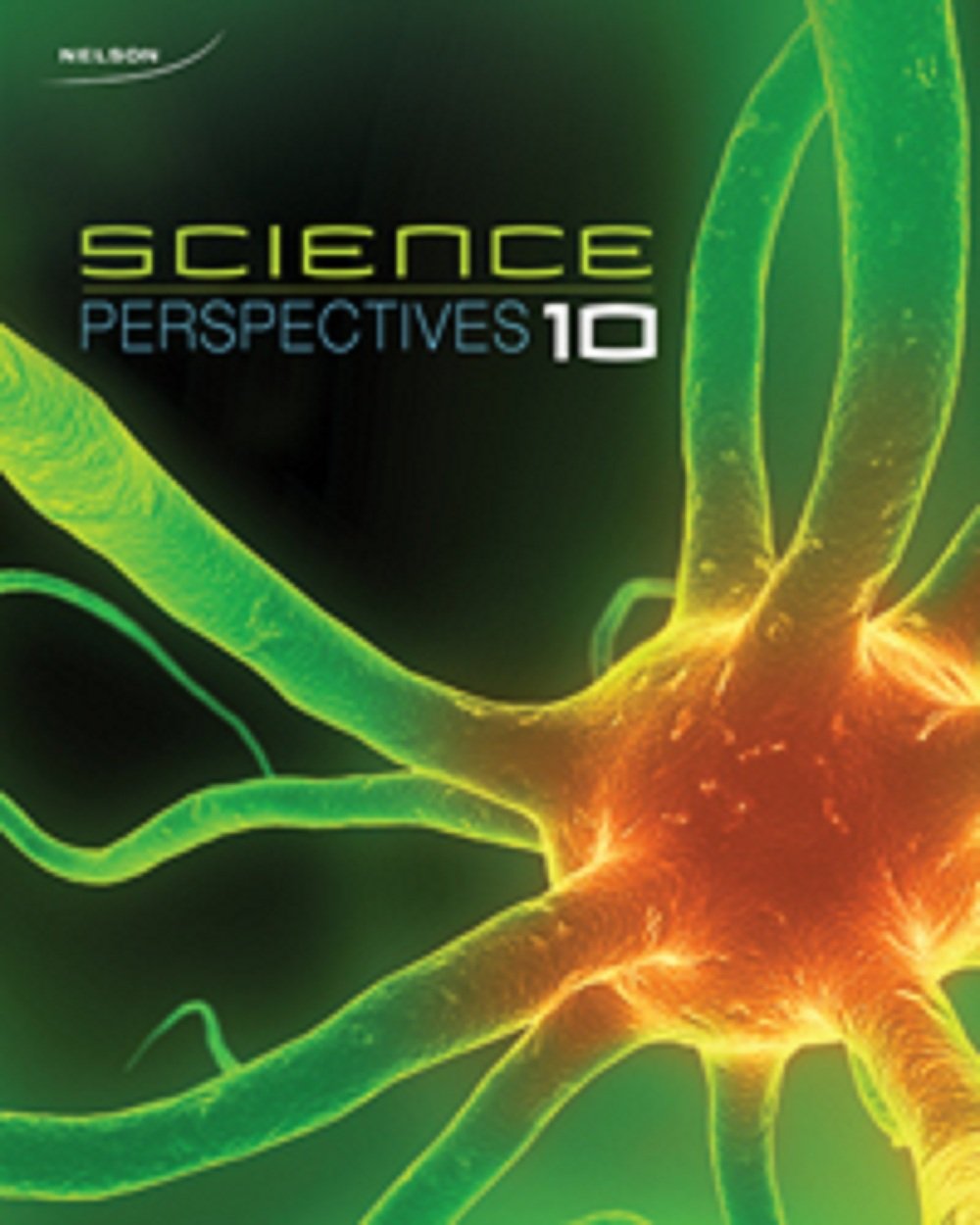
Nelson Science Perspectives 10
1st Edition
ISBN: 9780176355289
Textbook solutions
All Solutions
Section 3-11: Interactions of Systems
Exercise 1
Step 1
1 of 4
The circulatory system works in coordination with the respiratory system to enrich all cells of the body with oxygen and get rid of carbon dioxide.
Step 2
2 of 4
The circulatory system works in coordination with the digestive system to enrich all cells of the body with nutrients required by the cells for their proper function.
Step 3
3 of 4
The circulatory system works in coordination with the excretory system to clean all cells by diffusing out their excretory products and supplying them to the excretory system for discharge from the body.
Result
4 of 4
Interaction of the circulatory system with the respiratory, digestive and excretory system.
Exercise 2
Step 1
1 of 2
a. The circulatory system powered by the heart interacts with most other systems in the body.
Step 2
2 of 2
b. The network of blood vessels is very finely and evenly distributed throughout the body to ensure that each and every body part is supplied with blood. This is essential because blood becomes the medium for all exchanges that take place. For example oxygen from the respiratory system and nutrients from the digestive system is supplied to all cells of the body by the blood of the circulatory system. Blood also collects carbon dioxide and excretory waste from the cells and transport them to the respiratory and the excretory system, respectively for removal from the body.
Exercise 3
Result
1 of 1
Amphibians like mammals have a respiratory system but gaseous exchange in their bodies can also occur through their wet skins that enables them to respire in underwater situations.
Exercise 4
Step 1
1 of 2
Tapeworms (and organisms like that) are found inside a living organism. They therefore do not need to eat and digest food like animals do but instead absorb the nutrients from digested food of the animal in which they are residing in. They rely on the digestive system and food consumption of the host they are living in.
Result
2 of 2
Tapeworms rely on the digestive system and food consumption of the host they are living in and absorb nutrients directly from the already digested food of their hosts.
Exercise 5
Step 1
1 of 1
Frogs and ducks have a unique ability/need to move both on land and swim in or on water. Their webbed feet enables them to walk on land, just like other organisms, and in water these webbed feet provide a large surface area to push water and propel their bodies forward. Therefore, according to their locomotive need, their feet can adapt to provide movement.
Exercise 6
Step 1
1 of 5
a) The nervous system communicates with sensory receptors on the skin to sense temperature, pain, and injury.
Step 2
2 of 5
b) The nervous system communicates with the musculoskeletal system to allow for movement by controlling the contraction and expanding of different muscle pairs
Step 3
3 of 5
c) The nervous system involuntarily controls the respiratory system to ensure the lungs are expanding and contracting to rid the body of carbon dioxide while providing oxygen.
Step 4
4 of 5
d) The nervous system receives sensation when the bladder is full so that the animal knows it needs to relieve itself
Result
5 of 5
a) The nervous system communicates with sensory receptors on the skin to sense temperature, pain, and injury.
unlock

